Business Management and Strategic Management in the Auto Industry
VerifiedAdded on 2023/06/04
|5
|1110
|309
Case Study
AI Summary
This case study examines the contrasting approaches of the American and Japanese auto industries, highlighting the impact of cultural values on business strategies and outcomes. The analysis reveals that the American auto industry prioritizes innovation and consumer convenience, driven by economic stability and developing trends. In contrast, the Japanese auto industry emphasizes environmental sustainability and responsiveness to consumer demand, influenced by stricter environmental regulations and a focus on long-term business viability. The study explores how cultural views affect the ability of these industries to adapt to market changes, such as shifts in fuel costs and environmental concerns. It also assesses the limitations of each culture's approach, particularly in adapting to changing consumer preferences and environmental standards. The paper underscores the importance of considering both economic and environmental factors in product design and strategic planning to ensure long-term business sustainability, as failing to do so can result in loss of market share and missed opportunities. This document is a comprehensive analysis of the auto industry's cultural dynamics and strategic implications.
1 out of 5
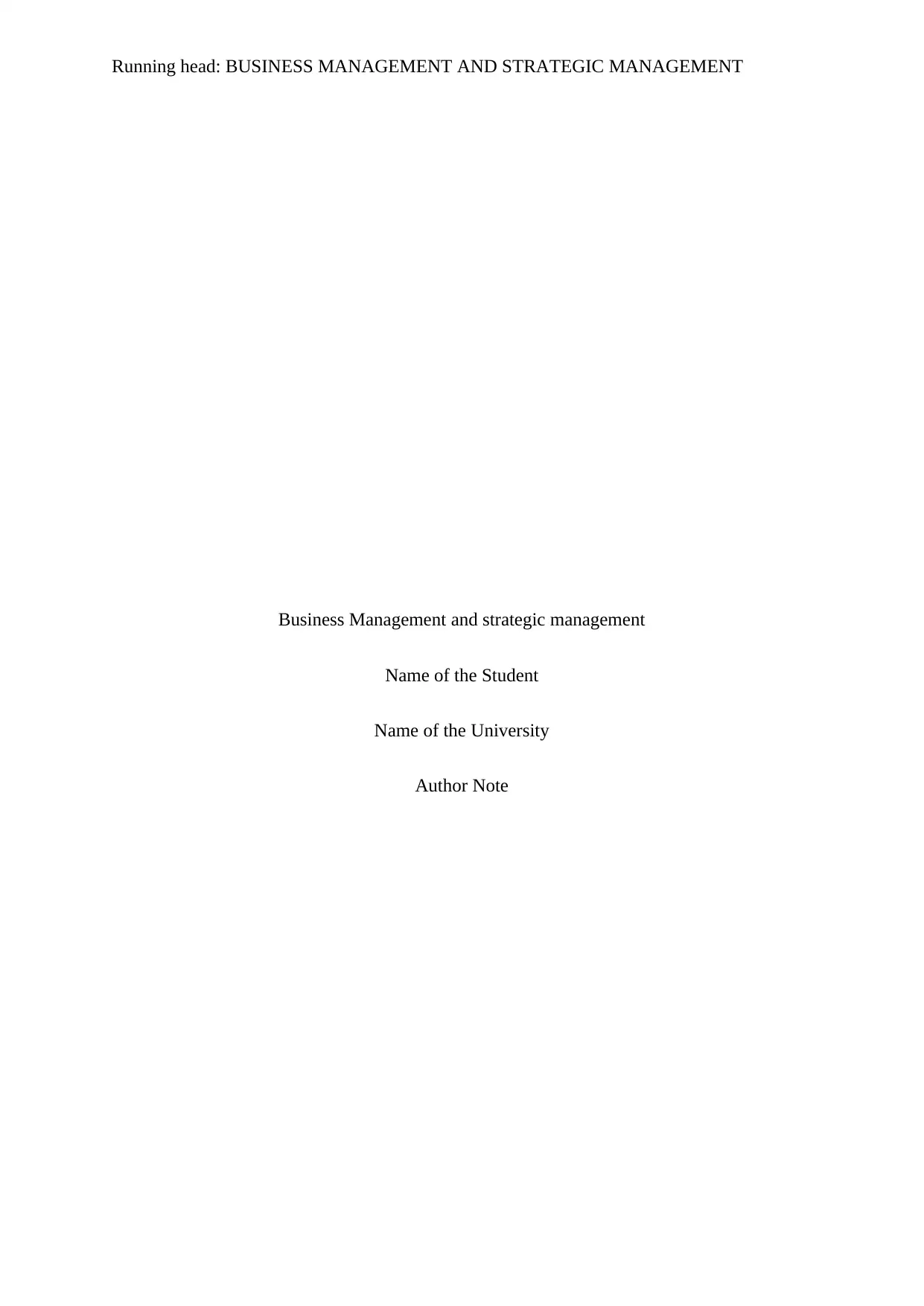
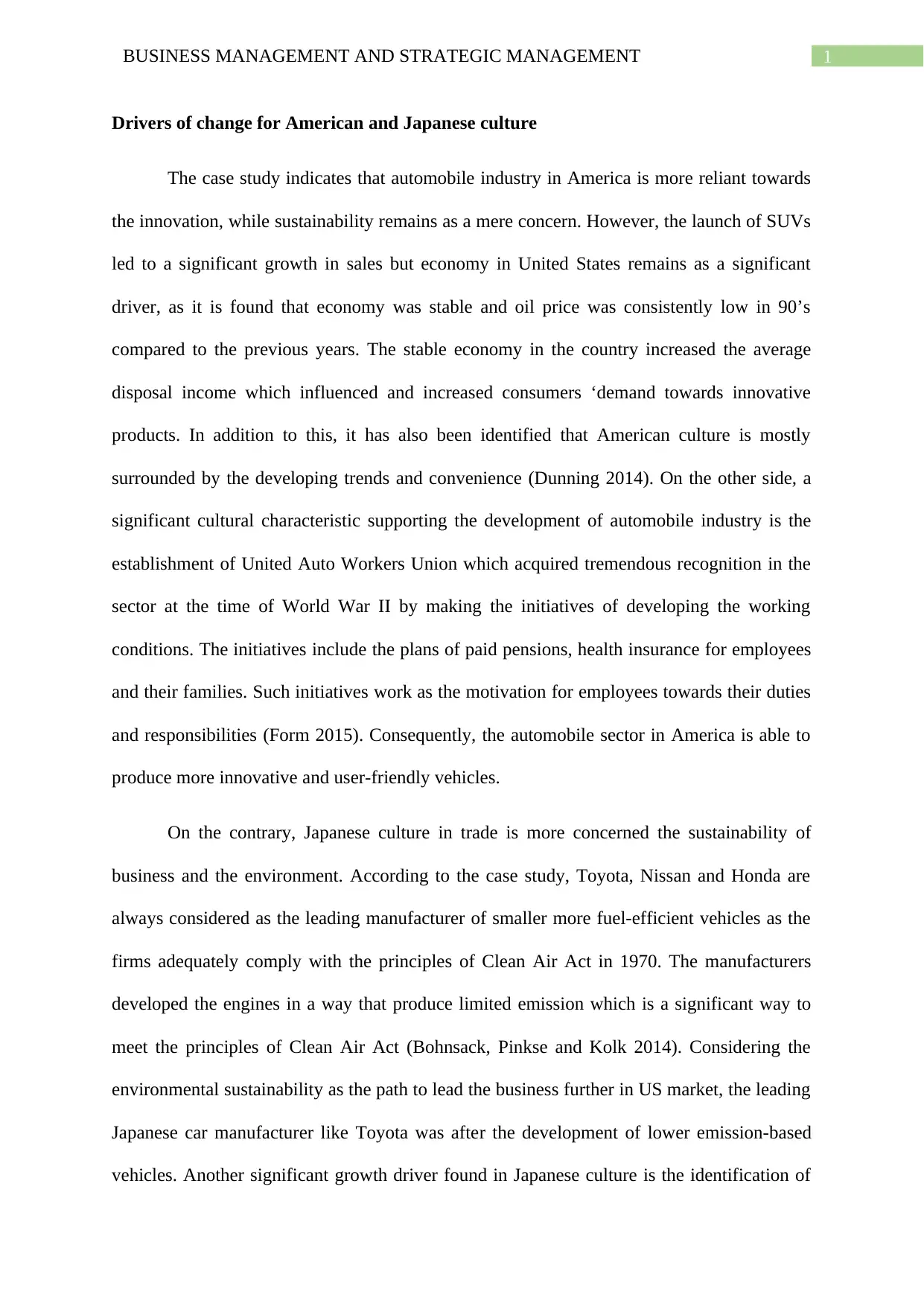
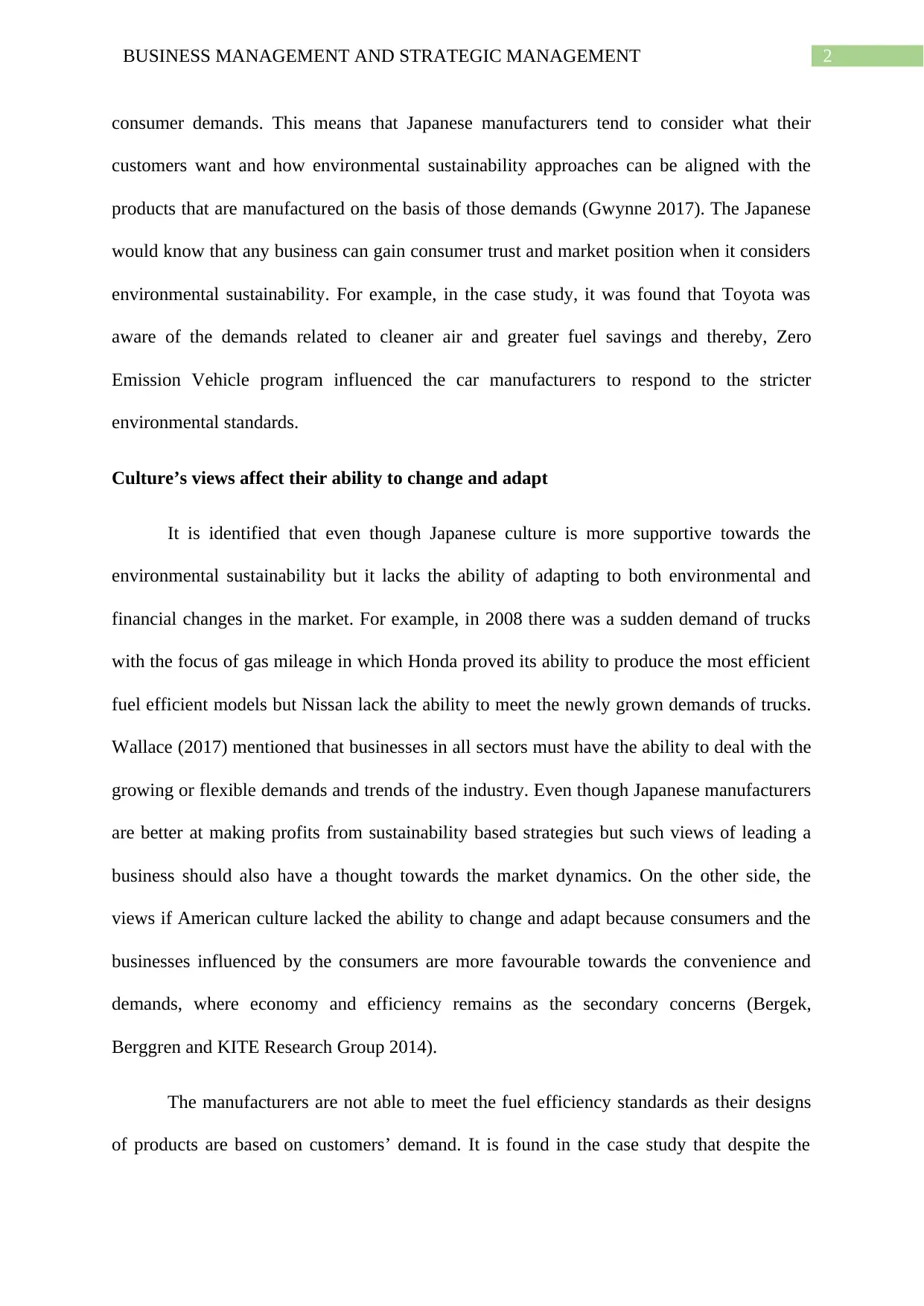

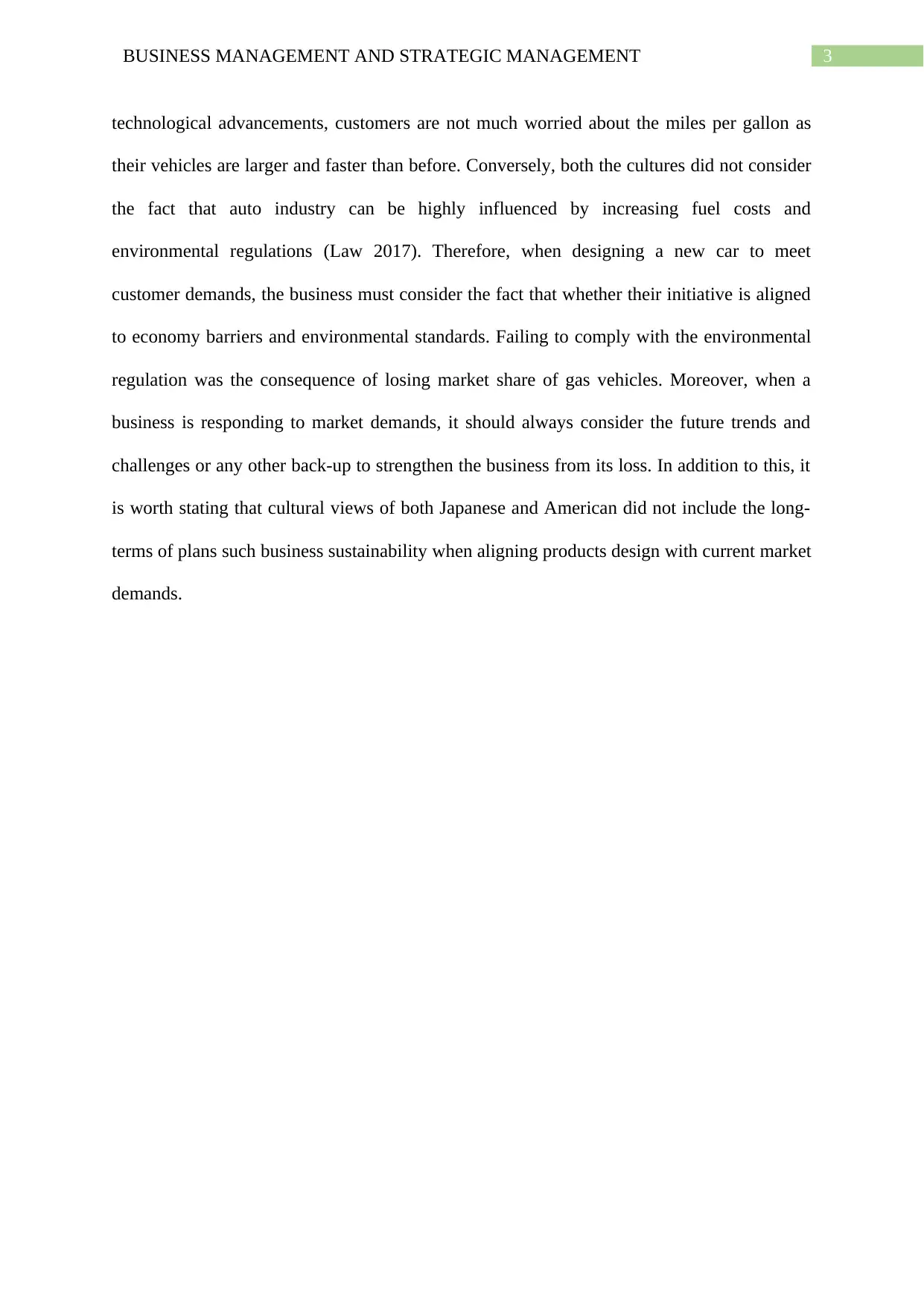
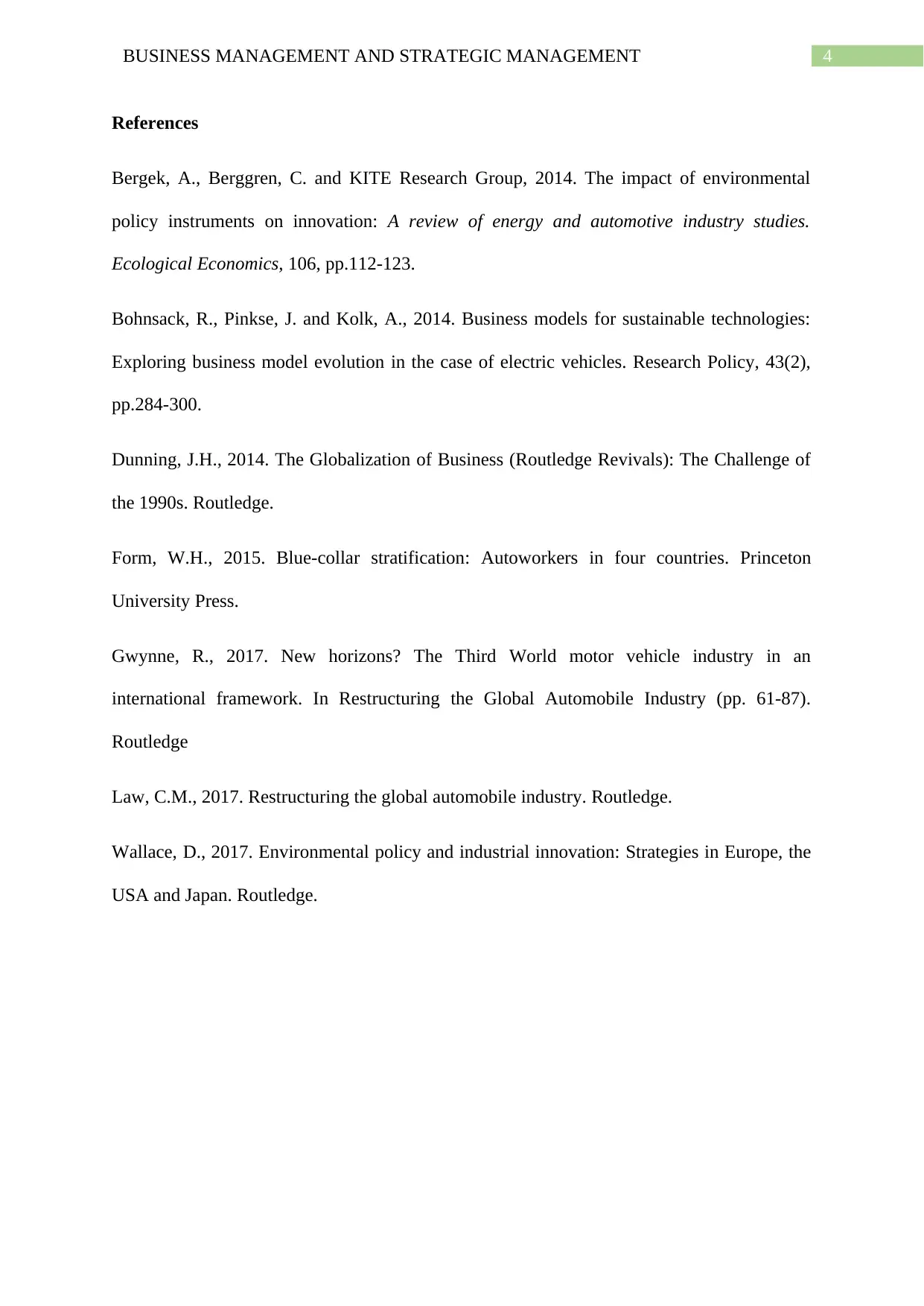






![[object Object]](/_next/static/media/star-bottom.7253800d.svg)